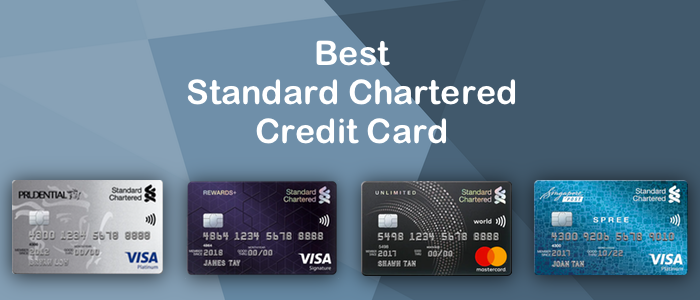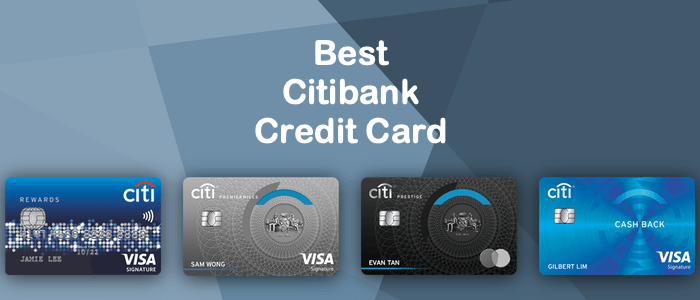
Rising Interest Rates And The Best Home Loans To Choose Now
With property prices continuing to head south, are you looking to take opportunity of the correction in prices to buy your new home? While the supply glut in residential property would most likely reach a peak in 2016, home loan rates have been rising steadily so you may want to start your research soon. In Singapore, most home loans are pegged to the Singapore Interbank Offered Rate(SIBOR) and Swap Offer Rate(SOR), and when these rates rise, your cost of borrowing increases as well. While both rates tend to rise in tandem, there are some small differences between the two rates that you should know in order to choose a home loan more suited to your needs.
SIBOR vs SOR
Both SOR and SIBOR come in 1, 3, 6 and 12 month tenor, which reflect the corresponding interest rates for borrowing funds for 1, 3, 6 and 12 month-period respectively. Generally, longer term rates are higher as they represent a greater risk for banks to lend money over a longer period.
And although both rates move on less in the same direction, the main difference between them is that the SOR tends to be more volatile as it is tied to exchange rates between the Singapore dollar and the US dollar.
Fixed Rates vs Floating Rates
Another criteria that borrowers look at when choosing a mortgage loan is whether it is a fixed or floating rate. With a fixed rate loan, you pay the same interest rate throughout the tenor of your loan, while floating rates mean the rates change depending on certain factors.
Which One To Choose In A Rising Rates Environment?
In the current situation where interest rates are expected to rise because the US Federal Reserve is supposed to announce a hike in rates, mortgage loan borrowers may lean towards getting a fixed rate loan. This is so that they will be able to lock in the current rates in case it rises further. For instance, a fixed rate loan may require you to pay a 2.3% interest for the next 12 months, while a variable rate loan at the current 2% may increase in 3 months following the lead of the SIBOR rates to more than 2.3%.
Note that you may not necessarily pay more with a variable rate loan now, but because the expectations are for rates to rise in the near future, interest rates can easily increase beyond the fixed rates the bank is offering.
When choosing between SIBOR and SOR rates, borrowers should consider if they would prefer more stability in the amount of repayments they need to pay per month. If this is the case, a SIBOR-based loan could be more suitable. Borrowers who prefer SOR-pegged loans are those who are looking to take advantage of the SOR’s volatility in the hope that when rates come down, they will drop faster than the SIBOR.
SIBOR and SOR loans are not the only ones available in the market. Some banks provide loans that are priced using their internal board rate, a combination of various benchmark rates or even their fixed deposit rates. However, if you prefer something more transparent, you may want to stick to the SIBOR or SOR as these rates are published publicly.
So if you’re looking for a home loan and want to find the best rate, then head over to our Home Loan comparison tool and get the best mortgage today.





